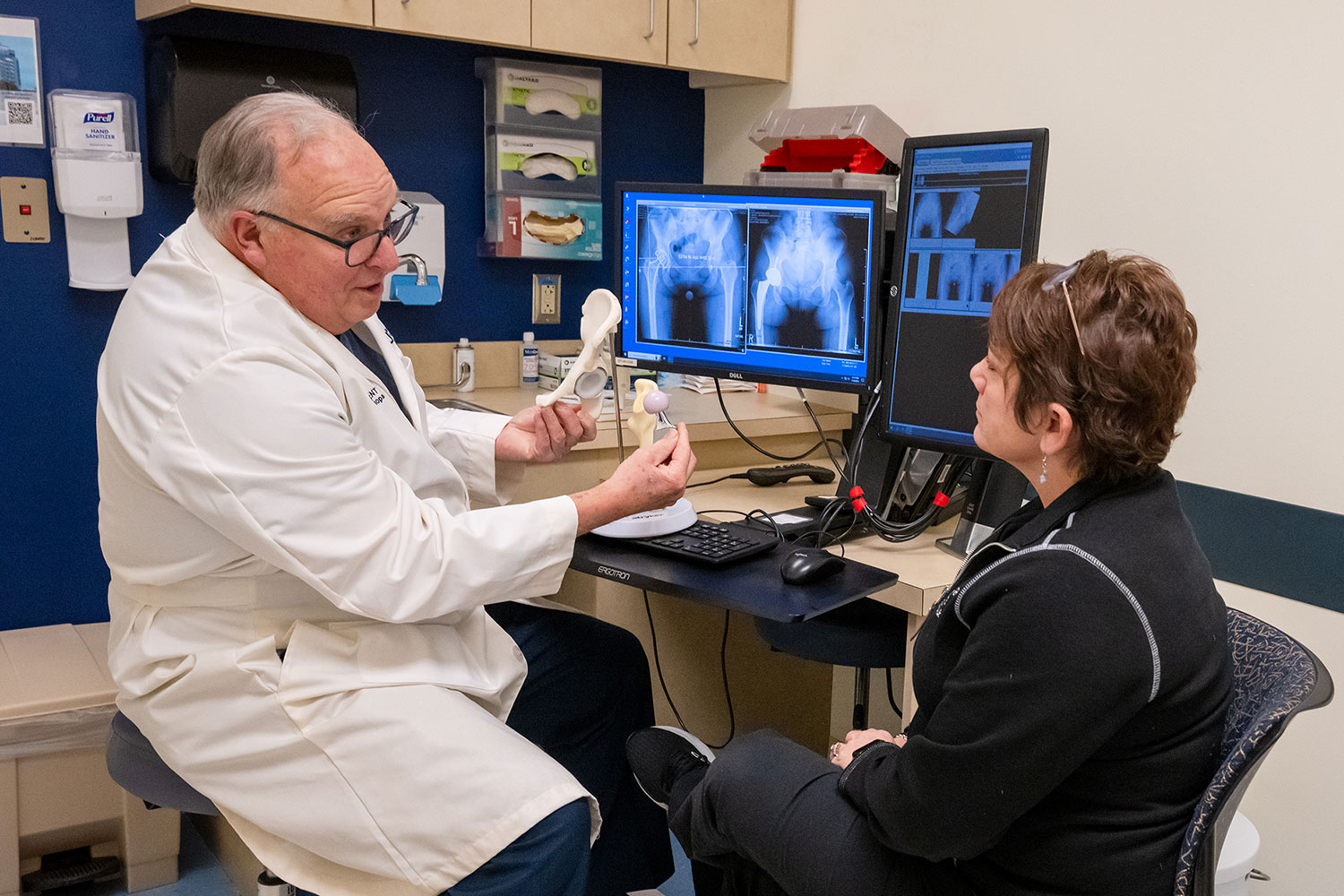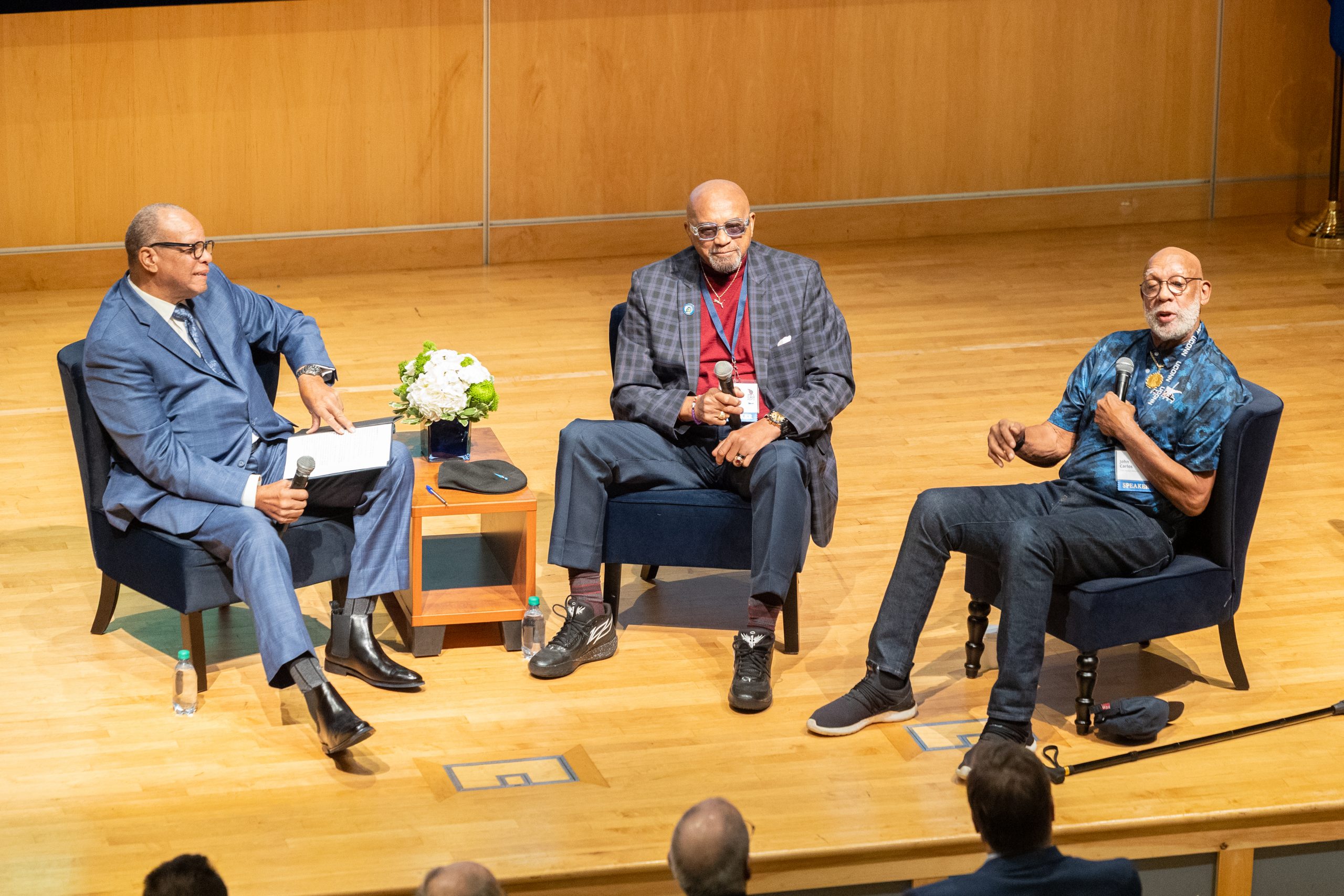The UConn Board of Trustees unanimously passed budgets for the University and the UConn Health Center for fiscal year 2010 during the Nov. 5 budget workshop and board meeting. Fiscal year ’10 began July 1, 2009.
The budget for Storrs-based programs and the regional campuses is $991.3 million for this fiscal year, a 3.8 percent increase over FY09, and the Health Center’s budget is $780.7 million, a 3.1 percent increase over last year.
The trustees’ annual budget meeting typically takes place in June, but was held later this year due to delays in the state finalizing its budget.
Richard Gray, UConn’s vice president and chief financial officer, said that the budget for this year is stable, but warned the board that difficult years are on the horizon.
“Fiscal year ’10 is fine, but I have serious concerns regarding ’11 and ’12,” said Gray. “We want to be a robust university, but we need to address these issues.”

The University is increasingly reliant on tuition, fees, grants, and self-generated revenue to fund its budget. In 1991, the State of Connecticut provided 50 percent of the University’s overall budget; in fiscal year 2010, it provided 33 percent. Also, the federal stimulus package requires Connecticut to maintain its total public higher education funding at the same level for two years in order to receive federal education funding. This protection may not extend beyond 2011.
The budget was passed in the context of the worst economic downturn in 25 years and accounts for changes in state support. For Storrs and the regional campuses, the enacted fiscal year 2010 state budget reflects a level of support slightly below 2008, with the state’s reduction of $2.3 million in UConn’s budget allocation. Additionally, the state transferred $3 million in UConn’s self-generated financial reserves to the state’s general fund.
For the UConn Health Center, the state recognized the ongoing problems with its financial structure and provided $13.5 million in fringe benefit support and an additional $11.7 million in operating support, even after a $1.2 million reduction in its budget allocation.
Despite the challenging fiscal times, UConn President Michael Hogan said the University will continue to “strive for excellence” and pointed to the fact that outside research grants have already increased by 20 percent so far this year. Also, this fall’s freshman class is the most well-prepared and diverse in the University’s history and UConn’s reputation alongside peer institutions continues to rise.
Hogan outlined the cost-savings measures that have already been successfully implemented.
“However, the state may have a growing deficit to contend with,” said Hogan. “We continue to constantly monitor and consider the challenges ahead.”
Hogan also noted that the Health Center faces the most serious budget difficulties.
“While the Health Center provides excellent patient care, structurally it is too small to generate enough revenue to offset the costs of its public service mission,” said Hogan, pointing to the need for not only a new hospital to replace the aging John Dempsey facility, but also a new clinical partnership with the Hartford Healthcare Corp. that the University is working to bring to fruition.
“This partnership will create the capacity to help us grow our academic, research, and clinical care missions and relieve the state of the chronic and growing financial liability posed by the current hospital structure,” said Hogan.
Elsewhere in the budget, the financial savings generated from the state’s Retirement Incentive Program were also announced. Gray said that the program resulted in 211 retirements at Storrs and 129 retirements at the Health Center.
Gray noted that these savings are critical to maintaining essential staffing levels. He said there would be no University-wide “re-fill” of the vacant positions, but rather the positions would be approved based on institutional priorities.
University Provost Peter Nicholls said that while UConn had been steadily building its faculty in recent years, the 52 faculty retirements generated by the retirement incentive mean that the University will be down about 38 faculty positions in fiscal year ’10. Nicholls said this presents the opportunity to fill faculty positions in areas of the highest strategic value over the next three years. The University hopes to fill 100 faculty slots during that time.
The loss of faculty means that the student-faculty ratio will be about 18-to-1 next year; the University’s goal is 15-to-1.
Nicholls said that the University continues to offer financial aid awards and Pell grants to greater numbers of students, with 77 percent receiving some form of financial assistance.
Nicholls also showed that UConn remains a bargain for students when compared with other public institutions. For example, the in-state tuition and fee rate combined with the cost of room and board for students at UMass is a total of $28,709; Rutgers charges $33,472; and the University of Vermont costs students $40,736. UConn’s cost is $20,006. The University is of even greater value when compared with private institutions: Quinnipiac’s tuition, fees, room, and board run students $44,780; Fairfield costs $49,160; and Boston College costs $51,400.


